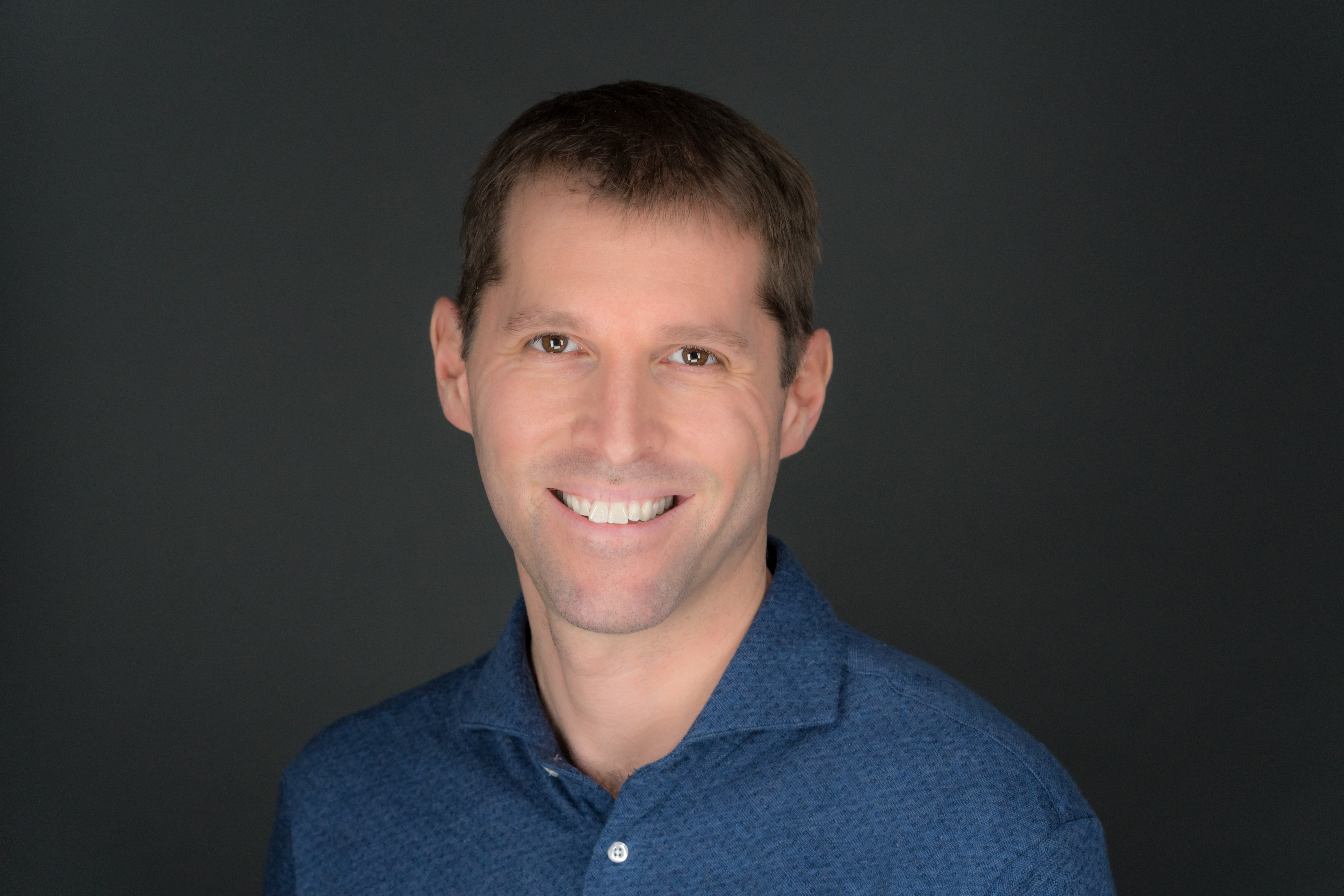Turning down the next business opportunity that comes your way just might be the best decision you ever make. The truth is, many busy executives don’t say no often enough.
There are a lot of positives to saying no. Turning down additional work and obligations allows you to remain focused on your top priorities and the commitments you have already made. If you don’t do this, it’s easy to find yourself wrapped up in other people’s priorities and, before you know it, all the important projects already on your to-do list are gathering dust.
High achievers succeed because they prioritize their commitments and stay focused.
The problem is, once you’ve reached a certain level of success, you can become a target for people who want your help and time for things that are important to them. And as much as you might want to help, progress depends on remembering to keep what you need to do on the front burner.
This is hard for most people, because no one wants to seem self-centered or unsympathetic to the needs of others. But I’ve discovered that people understand that no one has time to fulfill every request. Fundamentally, the problem comes down to one of communication.
Many leaders don’t know how to say no
Entrepreneurs in particular are drawn to new opportunities and have a desire to help–often that’s what got them into business in the first place. It can be hard to differentiate between being selfish–without regard for others–and putting yourself first.
Personally, I’ve struggled to say no for most of my professional life. I’ve worried about coming off as unapproachable or–worse–as if I think I’m more important than the person asking me for help.
I’ve also always struggled to find the right way to say no.
Then I listened to an episode of Tim Ferriss’s podcast The Tim Ferriss Show titled “How to Say No.”
In the episode, Ferriss discusses how some of the famous and successful people he approached to be in his book Tribe of Mentors said no to the offer. He even published some of their responses to illustrate how similar the rejection letters were.
What he found was this: Successful people say no to 90 percent of the things that are asked of them. They just don’t have the time to take advantage of every opportunity. But because they say no so frequently, they learn to do it in a way that’s effective but respectful. That leaves a positive impression.
Each response Ferriss published had similar structural elements:
- Personal acknowledgment
- Admission that the recipient is doing too much–a sort of “It’s me, not you” message
- Statement that the recipient has to focus on his or her own priorities at the moment
- Explanation of those priorities (a lot of people need details to sympathize)
- Information about why completing existing commitments is more important than taking on new ones
- Rationale for blanket policy of not taking on new meetings, calls, or projects
After reading those letters, I decided to conduct an experiment
I get 10 to 20 requests for my time every week and have reached my breaking point. I really can’t and don’t want to take on anything new, so I decided to try saying no using a format inspired by Ferriss.
Here’s an example of the kind of letter I sent:
John, thanks so much for reaching out and apologies for my delayed response.
I have been trying to do too much of late, which makes it hard to keep up with correspondence. I also have to admit I am not good at saying no, because I enjoy meeting people and discussing new ideas. Unfortunately, the truth is that I am maxed out and need to take a step back.
Over the next few months, I will not be taking any new calls or meetings outside of my existing commitments to my business, family and myself. This will give me the energy and time I need to complete some big projects (such as finishing my second book) and be more successful in reaching my most important goals.
This is my blanket policy until I am caught up.
Thanks in advance for your understanding.
Bob
What I have found is that not only are people understanding, some even congratulate me for committing to my existing responsibilities–sharing that it’s something they have trouble doing themselves.
At the end of the day, there’s a difference between being selfish and putting yourself first
While it’s important to remain open to new opportunities, it’s best to keep new commitments in line with your existing priorities. If you don’t take care of yourself and your own needs, you’ll find you have increasingly little of yourself to give–both to your own priorities and to projects for the people in your life whom you want to help.
Originally published on LinkedIn.
Follow us here and subscribe here for all the latest news on how you can keep Thriving.
Stay up to date or catch-up on all our podcasts with Arianna Huffington here.

